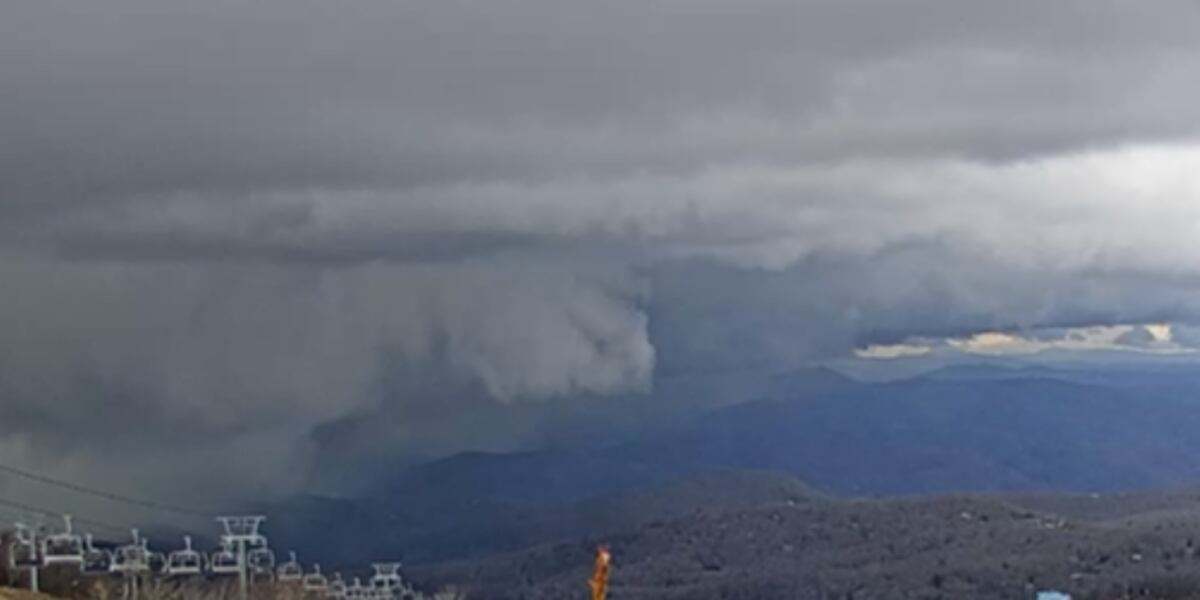-
Hello, please take a minute to check out our awesome content, contributed by the wonderful members of our community. We hope you'll add your own thoughts and opinions by making a free account!
You are using an out of date browser. It may not display this or other websites correctly.
You should upgrade or use an alternative browser.
You should upgrade or use an alternative browser.
March 18-19th Possible Severe Wx Outbreak
- Thread starter NBAcentel
- Start date
NBAcentel
Member
Delayed but not denied!HRRR shows a cold core supercell lol View attachment 79744
Shaggy
Member
So how many tornados do we think occured yesterday based on warnings and CC drops?
Downeastnc
Member
That little storm this morning that I had to drive to work in was rather intense, nothing severe but the wind was stout and the rain heavy especially for 630 am.....
Storm chasing video from being in Alabama Wednesday. Just me & my iPhone, worked out great, fun experience!
NBAcentel
Member
Webberweather53
Meteorologist
That total has crept up from the mid-upper 20s after 1 day removed form the event.Wasn’t really a bust at all the first day of the event, 40 reported tornadoes is impressive for this system, a moderate would have been perfect though View attachment 79794
NBAcentel
Member
Yep, I’m thinking final total is between 45-50, making it a pretty formidable tornado outbreakThat total has crept up from the mid-upper 20s after 1 day removed form the event.
NBAcentel
Member
This is hawt for severe weather what do you mean
NBAcentel
Member
NBAcentel
Member
Wow
Shaggy
Member
Guessing nothing was confirmed on the ground in NC? Haven't see any surveys.
I think and EF-0 was confirmed in High Point, an EF-1 towards Whitsett/Burlington, another in NW Orange county.Guessing nothing was confirmed on the ground in NC? Haven't see any surveys.

NWS confirms three tornadoes touched down in North Carolina from Thursday’s severe weather
Preliminary NWS Tornado damage survey revealed the tornadoes.





